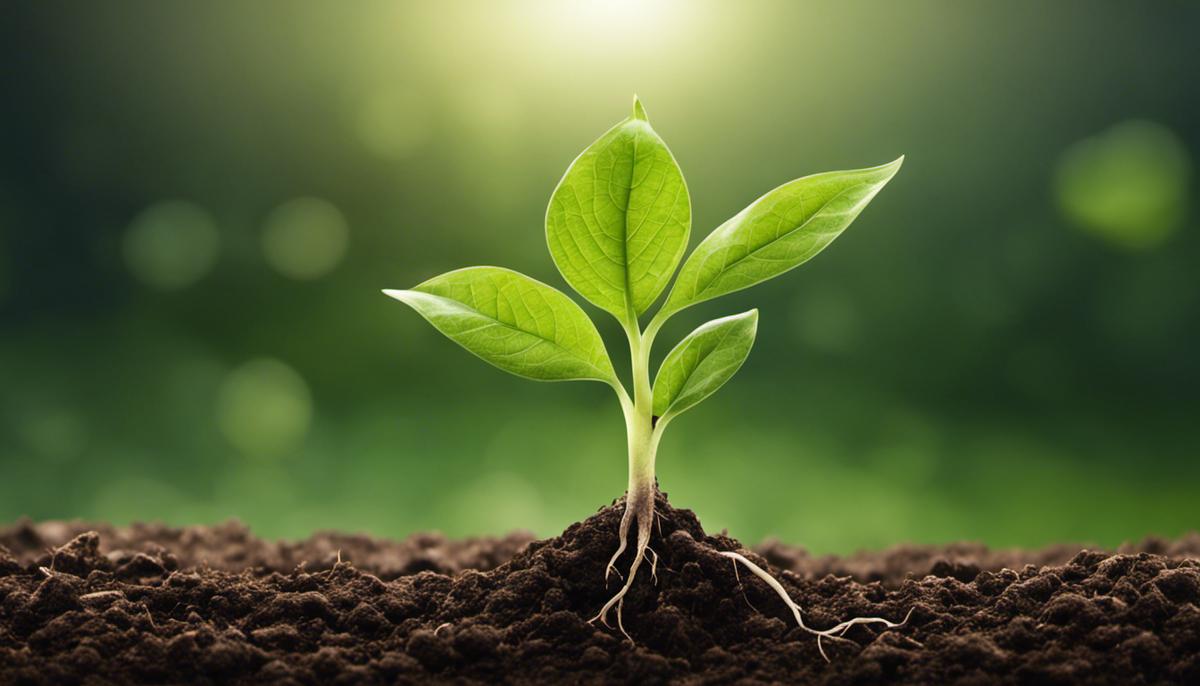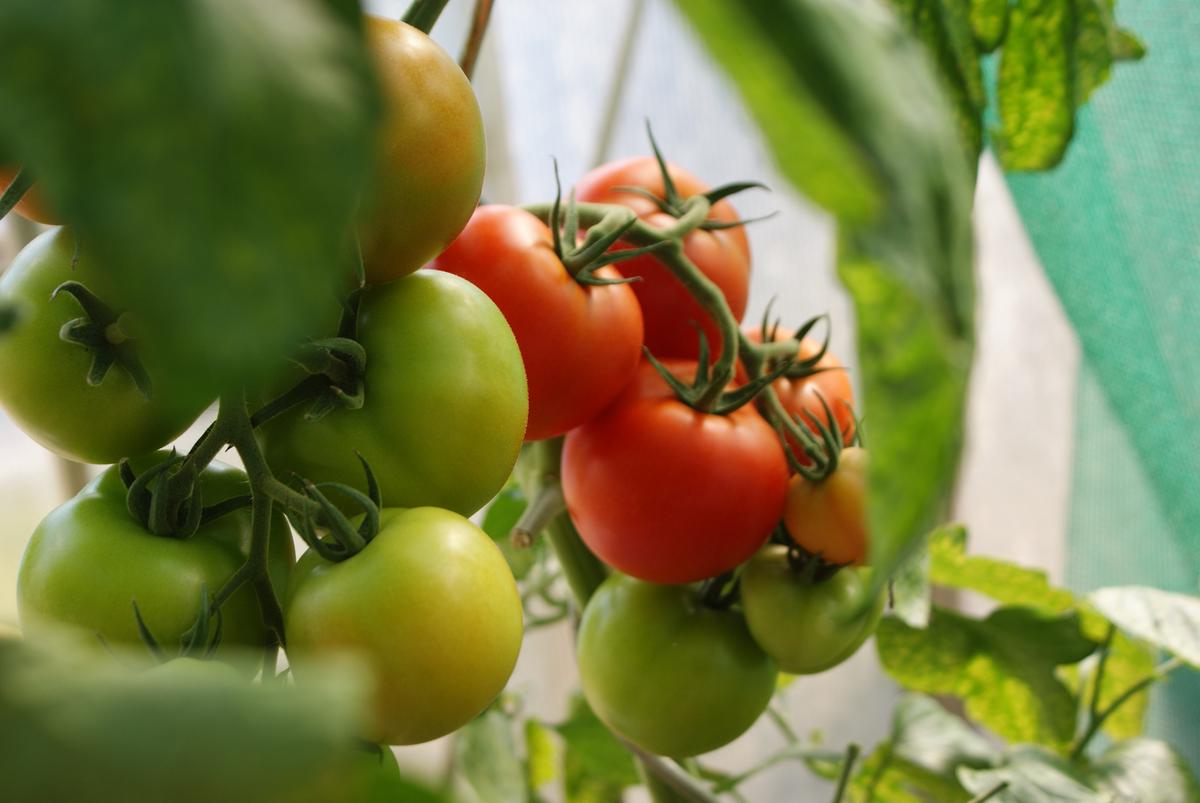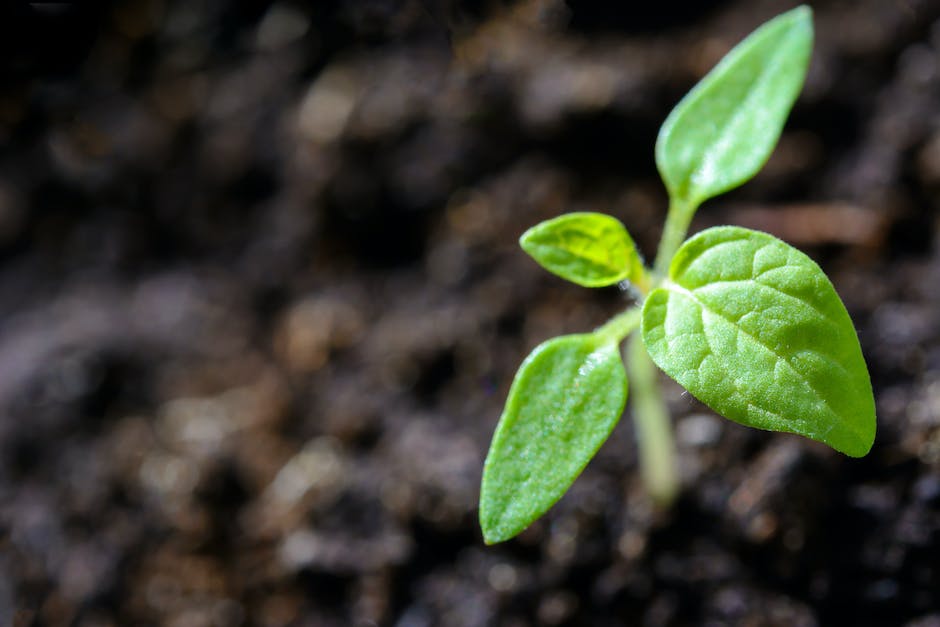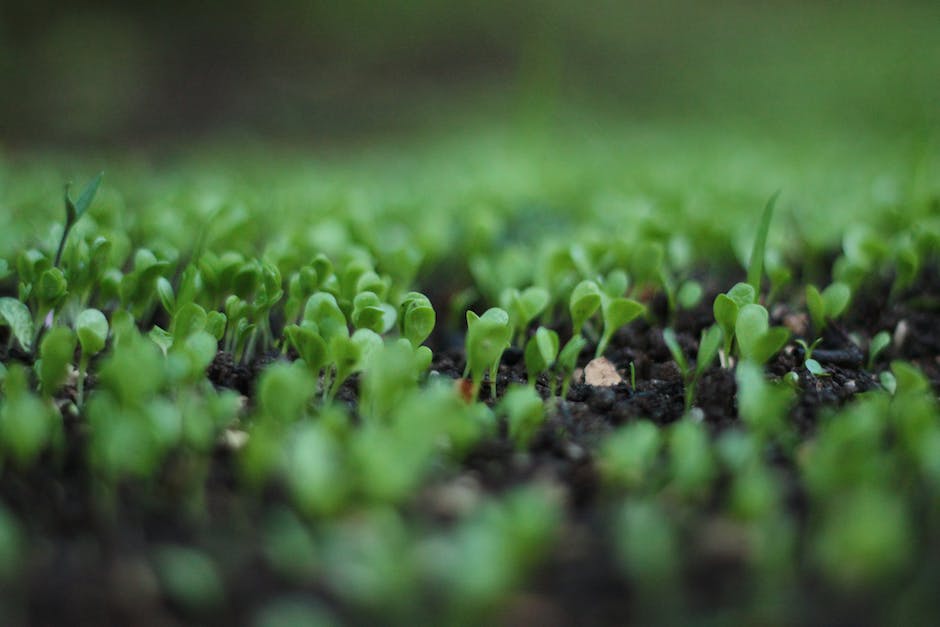Understanding the Sprouting Timeline of Tomato Seeds

Embarking on the enriching journey of gardening brings with it the need to understand the intricate process of seed germination. Unveiling the secrets of nature’s cycle, this essay delves into the fascinating world of tomato seed sprouting, covering key areas that determine a successful germination process.
The discussion begins with a comprehensive overview of seed germination and its influencing factors such as temperature, moisture, and light. Further on, we delve into the optimal conditions that specifically trigger the successful sprouting of tomato seeds. Lastly, we track the progression timeline of tomato seeds—from being planted to finally sprouting—and identify the positive signs of successful germination.
Understanding Seed Germination
Understanding Factors Influencing the Germination Time of Tomato Seeds
The beauty of science lies in its endless pursuit of answers and its capacity to reveal the stunning network of connections that binds the natural world. One such puzzles being the considerable variance in tomato seed germination time, a topic renowned for its breadth and complexity in horticultural science. By unraveling the factors influencing this process, a deeper comprehension can be attained, aiding agricultural practices and laying the foundation for optimizing yield and productivity.
Foremost among the influencing parameters on tomato seed germination is temperature. Tomato seeds thrive optimally in temperatures ranging from 60 to 85 degrees Fahrenheit, with the ideal germination occurring around 85 degrees Fahrenheit. Notably, both too low and high temperatures can inhibit germination or result in irregular seedling growth.
In tandem with temperature, the moisture conditions substantially impact the germination process. Consistent, evenly distributed moisture is paramount for encouraging germination. Overwatering can essentially drown the seeds, depriving them of necessary oxygen, while underwatering can lead to insufficient activation of the germination process.
Light quality and quantity also significantly contribute to the germination time frame. Most seed types do require an exposure to light in order to kickstart the germination, and tomato seeds are no exception. However, it is crucial to strike a delicate balance, as excessive light can lead to elevated temperatures and seed dehydration.
Seed viability plays a definitive role as well. Seeds harvested from healthy, robust parent plants and stored properly tend to germinate more efficiently and consistently. Age is also a fundamental determinant; older seeds may have a reduced germination rate or may sprout erratically.
The compost or soil used for planting is another major determinant. Tomato seeds require a light, free-draining compost rich in nutrients for successful germination. The soil’s pH balance is also consequential, lean heavily towards slightly acidic conditions for optimal performance.
To conclude, the germination time of tomato seeds appears to be influenced by an intricate blend of environmental conditions, seed viability, and careful plant handling. Each factor plays its role in this delicate orchestration, and manipulating these variables allows for more efficient germination and superior growth. However, more research is required to further elucidate the intricate mechanisms involved in seed germination which promises to enhance our current understanding greatly. The expansive world of science, after all, perpetually beckons further exploration and learning.

Photo by danicalifornia on Unsplash
Tomato Seed Sprouting Conditions
Tomatoes, vibrant and versatile, hold broad appeal not only to the culinary enthusiast but also to agricultural and horticultural academicians and growers alike. These spheres share a mutual consensus on the singular magic behind the perfect tomato: the synchronized dance of ideal conditions initiating tomato seed germination. Having extensively covered the rudiments of temperature, moisture, light, seed viability, compost or soil quality and pH balance, it seems fitting to delve deeper, to explore nuances beyond these basic parameters.
The starting point for any tomato aficionado is a critical selection of an exquisitely appropriate tomato variety, a choice that can introduce a certain sovereignty in the quest for the elusive ‘perfect’ germination. It can be influential, then, to consider factors such as maturity time, plant size, fruit characteristics, and disease resistance in the chosen variety.
A subject less often broached, but material to our discussion, is the timing of planting. Early starters might face the risk of dwindling viability due to detrimental conditions, while too late and the plant will not enjoy an adequate growing season to bear fruit. Hence, it is indispensable to synchronize the sowing time with the local climate, typically six to eight weeks before the final frost date.
Air circulation surrounding the seeds during germination is a subtle yet profound element. Good air circulation, perhaps arbitrarily dismissed by some, can significantly curb the risk of damping-off disease- a condition marked by the development of pathogenic fungi leading to seedling death. An attainable approach to facilitate air movement is the use of oscillating fans or alternatively placing the seeds desirably apart ensuring adequate spacing.
Following this, the impact of water quality mustn’t be underestimated. Tap water fraught with chlorine can interfere with the germinating process. To ensure an optimal water source, it is suggested to use distilled or filtered water or to leave tap water standing for a day or two prior to use, allowing chlorine to evaporate.
Consider also the aspect of planting depth. When sowing tomato seeds, it is customarily recommended to plant seeds a quarter of an inch deep, a depth that ensures the seed is not too close to the surface where it may dry out, while also not being so deep that it exhausts its energy reserves before sprouting above the soil.
A nuanced understanding of these crucial elements, in conjugation with ideal temperature, moisture, light, seed viability, compost or soil quality, and pH balance, carve the path to potentially robust and healthy tomato germination. Remember, as sciences dictate, every step holds the sanctity of contributing to the process; hence, the diligence invested invariably mirrors the outcome.

Tomato Sprouting Timeline
The journey of a tomato seed bursting into a sprout is an intricate dance of biology and environmental factors, unfolding over a period of time. One may pose the question: what is the typical timeline for tomato seeds to sprout?
Several factors determine the germination timeline for tomato seeds. Under ideal conditions—involving the precise melding of temperature, moisture, light, seed viability, soil quality, and pH balance—a tomato seed can sprout within 5 to 10 days post planting. Understandably, the proportion of seeds that germinate successfully and the time taken to sprout can exhibit some natural variation, influenced by the specific seed variety and the prevailing environmental conditions.
Upon sowing, the tomato seed commences its germination journey: a process facilitated by taking in water, swelling, and breaking through the seed coat. During the initial 12 to 36 hours post planting, seeds imbibe water, swelling as they absorb humidity from the surrounding soil. This imbibe-triggered growth onset, leads to seed coat rupture and the emergence of the radicle—a primary root that serves as the plant embryo’s anchor, reaching out into the soil.
As the clock ticks past 36 hours, the germinating tomato seed focuses its energy on root growth. Over the subsequent 3 days, the radicle branches out, providing a secure footing for the seedling against the onslaught of wind and rain. Meanwhile, the shoot starts to emerge from the seed, preparing to break the soil’s surface and expand towards light.
Transitioning into the second week, the first ‘true’ leaves, distinct from the seed leaves or cotyledons, start to sprout. These leaves are a clear indicator of the plant’s tomato variety. By about day 10, most healthy, successful seeds would have emerged as delicate tomato seedlings: a testament to the miracle of life unfolding right from the humble union of seed, water, and light, within the inviting cradle of fertile soil.
In contrast, seeds that do not sprout within 14 days may be struggling to germinate and warrant closer attention. Factors like seed age, soil temperature fluctuations, over or under watering, or improper planting depth could be potential culprits to consider.
It is important to note that, once the sprouts have emerged, additional care must be taken. Good air circulation and the correct balance of water are crucial for successful growth. Damping-off disease—caused by a variety of harmful fungi and bacteria—can easily occur in densely sown, overwatered seed trays with poor air circulation.
To sum up, the sprouting of a tomato seed is a delicate balancing act, requiring appropriate conditions, and it typically transpires over a 5 to 10-day period. Beyond this sprouting phase, the successful growth of the tomato plant hinges on sustained attention to detail, a deep understanding of plant pathology, and an unwavering dedication to nurturing life from seed to fruit.

Comprehending the process behind seed germination equips us with the knowledge to cultivate a healthy garden, thriving with fresh fruits and vegetables. Realizing the optimal conditions for tomato seed sprouting can help in cultivating a bountiful crop.
The progression timeline from planting the seeds to seeing them sprout gives us a valuable understanding of patience and attentiveness required in gardening. The insights derived from recognizing the positive signs of successful germination helps in ensuring a promising yield. The beauty of gardening dwells in its journey – a journey enriched with knowledge, observation, and adaptations.



